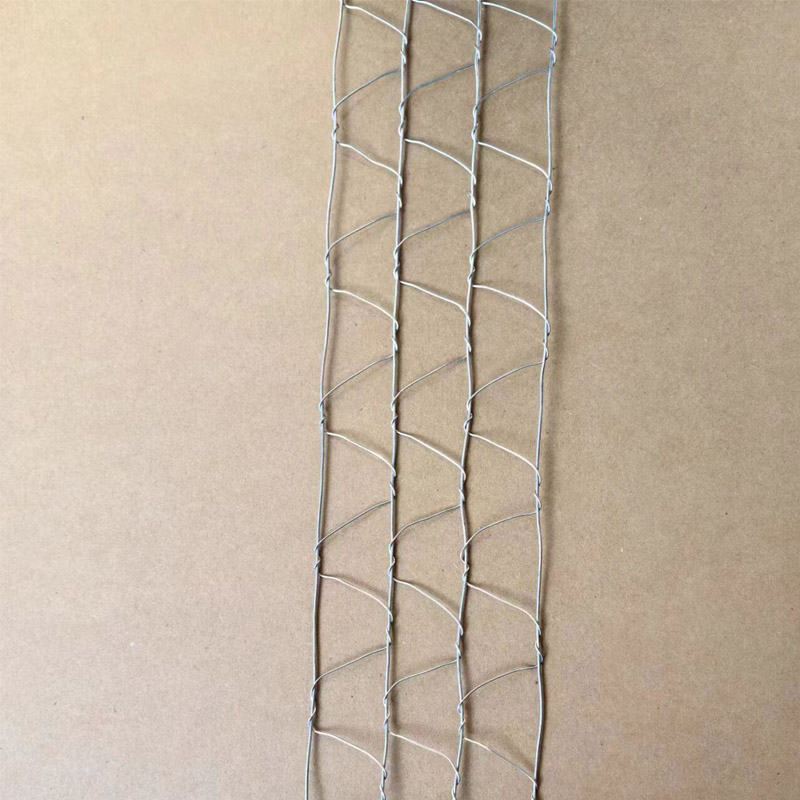
- Mobile Phone
- +8613931874955
- sales@cntcmetal.com
stainless steel masonry ties
The Importance of Stainless Steel Masonry Ties in Construction
When it comes to the world of construction, the interplay between strength and durability is paramount. One essential component that often goes unnoticed yet plays a critical role in ensuring the stability and longevity of masonry structures is the masonry tie. Among the various materials available for masonry ties, stainless steel has emerged as an exceptional choice due to its unique properties and advantages.
What are Masonry Ties?
Masonry ties are crucial components used to anchor masonry walls to other structures, such as wood frame buildings or concrete walls. They serve as connectors that help maintain structural integrity by preventing independent movement of different building materials. This is particularly important in areas prone to expansion, contraction, or seismic activities, where buildings need to withstand various forces.
Benefits of Stainless Steel Masonry Ties
1. Corrosion Resistance One of the primary benefits of using stainless steel for masonry ties is its superior resistance to corrosion. Unlike traditional steel, which is prone to rust when exposed to moisture, stainless steel contains chromium, which forms a protective layer that prevents oxidation. This attribute makes stainless steel ties particularly valuable in coastal areas or regions with high humidity.
2. Strength and Durability Stainless steel is known for its high tensile strength, making it capable of bearing heavy loads without failing. This characteristic is especially crucial in maintaining the integrity of masonry structures that often need to support significant weight from the brickwork above.
3. Longevity Due to their resistance to weathering and corrosion, stainless steel masonry ties have a longer lifespan compared to their alternatives. This durability translates into reduced maintenance and replacement costs over time, providing a cost-effective solution in the long run for construction projects.
stainless steel masonry ties

4. Aesthetic Considerations In modern architecture, where design aesthetics often play a crucial role, stainless steel offers a sleek and modern appearance. The finish of stainless steel masonry ties can seamlessly blend with various architectural styles, contributing to the overall aesthetic appeal of a building.
5. Versatility Stainless steel masonry ties come in various shapes and sizes, making them versatile for different construction needs. Whether for residential, commercial, or industrial buildings, these ties can be customized to fit specific structural requirements.
Installation and Best Practices
Proper installation of stainless steel masonry ties is critical to their effectiveness. It is essential to follow relevant building codes and guidelines when selecting the size and spacing of ties. Generally, ties should be installed at intervals that are compatible with the masonry units and in correlation with the structural design demands.
Additionally, ensuring that the ties are adequately embedded into both the masonry wall and the supporting structure is vital. This secure anchoring helps facilitate optimal load transfer and minimizes the risk of structural failure.
Conclusion
In summary, stainless steel masonry ties offer a range of benefits that make them an indispensable component in modern construction. Their corrosion resistance, strength, and longevity help ensure that masonry structures withstand the test of time and the elements. With the ongoing advancements in building materials and techniques, the use of stainless steel for masonry ties is likely to become even more prominent. By investing in high-quality materials like stainless steel masonry ties, builders and architects can contribute to the resilience and durability of the structures they create, leading to safer and more sustainable buildings for the future.
share:
-
Yard Sign Stakes: Reliable Guardians of Outdoor SignsNewsAug.04,2025
-
Wall Ties: Invisible Guardians of Building StabilityNewsAug.04,2025
-
Resilient Web: The Super Guardian Power of Concrete MeshNewsAug.04,2025
-
Masonry Accessories: A versatile assistant on building foundationsNewsAug.04,2025
-
Iron Binding Wire: the 'invisible reinforcement specialist' in the fields of architecture and industryNewsAug.04,2025
-
Dynamic Spring: The diverse functions and excellent performance of Wire Tension SpringNewsAug.04,2025
-
Your Source for Concrete Wall Ties and Masonry AccessoriesNewsJul.10,2025



















